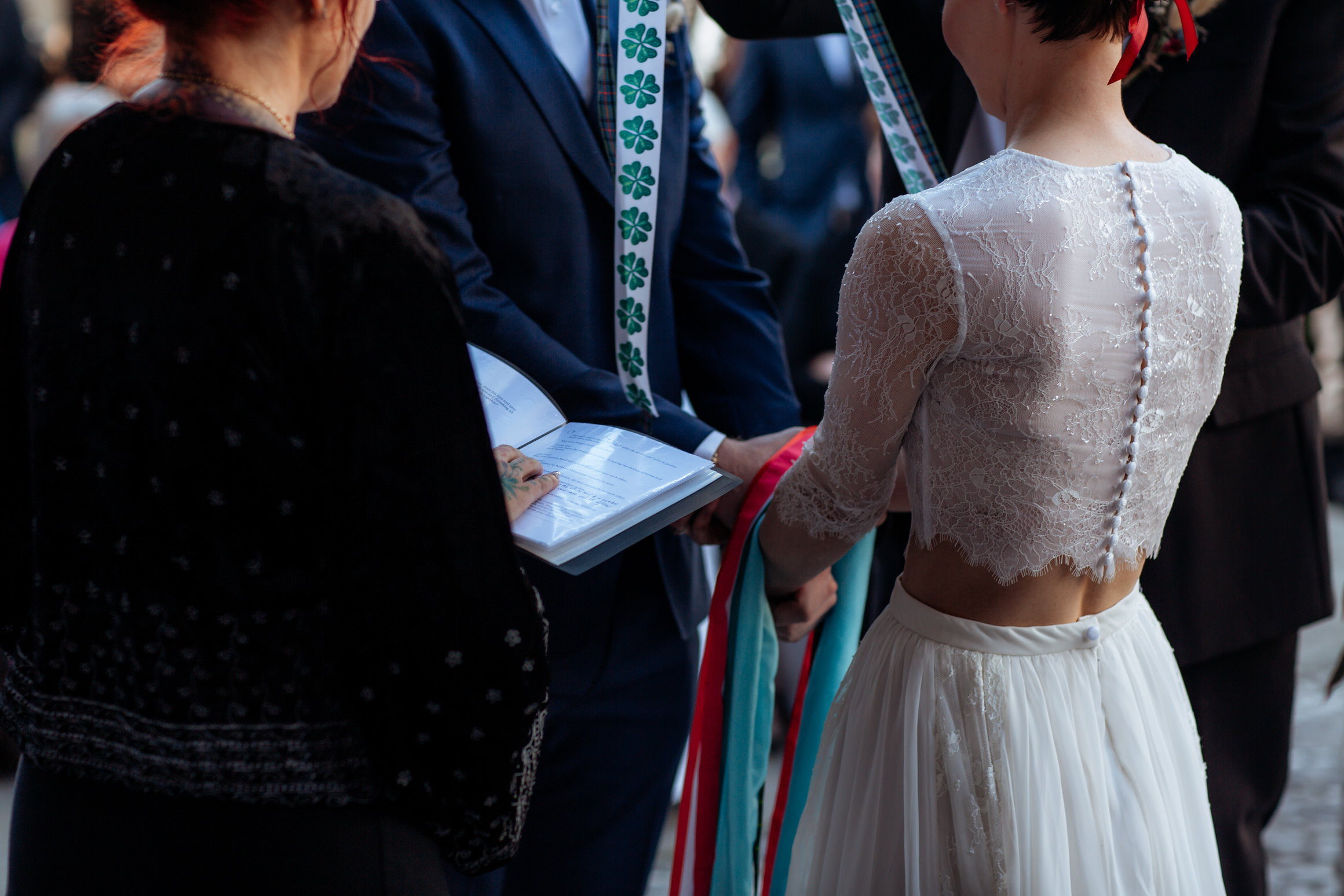6 Things You Need to Know About Formal Dress Alterations

When it comes to formal events whether it’s a wedding, gala, prom, or black-tie affair the right fit can make all the difference. You might fall in love with a dress off the rack, but unless it fits you perfectly, it won’t have the full wow factor. That’s where formal dress alterations come in.
If you’re new to the process or wondering what to expect, here are the 6 key things you need to know about altering a formal dress before you step into the tailor’s studio.
1. Alterations Are Normal And Often Necessary
Even high-end designer dresses aren’t made to fit your body precisely. They’re constructed to a set of standard sizes, and let’s face it most of us don’t fit a standard body shape. Whether it’s adjusting a hemline, taking in the waist, or lifting straps, alterations are part of making the dress yours. Don’t think of alterations as fixing something wrong, think of them as finishing touches.
2. Start Early Don’t Wait Until the Last Minute
One of the biggest mistakes people make is waiting too long to get their alterations started. Most tailors recommend starting at least 4–6 weeks before the event, and even earlier during peak wedding or prom seasons. This gives plenty of time for fittings, adjustments, and any unforeseen delays. Rush jobs often cost more and can lead to unnecessary stress.
3. Know the Difference Between Basic and Complex Alterations
Not all alterations are created equal. Some are simple (shortening straps, hemming, minor waist tweaks), while others are more complex (restructuring bodices, adding boning, or modifying lace overlays). Complex alterations take more time and cost more, so it’s good to understand what your dress needs. Ask your tailor for a clear breakdown of what’s required during your consultation.
4. Choose a Tailor Who Specializes in Formalwear
Suits and everyday clothing are very different beasts from formal gowns. Delicate fabrics like chiffon, silk, tulle, and lace require expertise, especially if the dress has embellishments like beads or sequins. Look for a tailor who has experience with bridal, evening wear, or couture gowns their finesse will show in the finished product.
5. Bring the Right Accessories to Your Fittings
You’ll want your alterations to match the full look you’ll wear on the big day. That means bringing your shapewear, undergarments, and shoes to every fitting. Even a slight change in heel height can throw off a hemline, and the wrong bra can change how the bodice fits. Showing up prepared helps ensure the tailor can make accurate, lasting adjustments.
6. Budget Accordingly Alterations Aren’t Always Cheap
Depending on the complexity of the changes and the craftsmanship involved, alterations can cost anywhere from $30 to several hundred dollars. Bridal gowns and beaded evening dresses tend to be on the higher end. It’s wise to factor these costs into your overall budget when shopping for a formal dress don’t max out your limit on the dress itself without leaving room for alterations.
FAQs
Q1: Do formal dresses always need alterations?
A: Not exactly, but most do. Even designer or high-cost dresses are made to generic sizes, which never fit your own unique body shape. Slight tweaks like hemming or waist nipping can make a big difference.
Q2: How long in advance should I schedule dress alterations?
A: Ideally, start your alterations at least 4–6 weeks before your event. For busy times like prom or wedding season, start sooner to avoid rush charges or delays.
Q3: How does simple and complicated alterations differ?
A: Minor alterations include work like shortening straps, hemming, or taking in sides. More advanced alterations include reforming the bodice, reworking lace or beading, or adding internal support. More advanced work takes more time and skill and is typically more expensive.
Q4: Can any tailor alter a formal gown?
A: It is advisable to have a formalwear or wedding dress specialist for a tailor. Formal gowns contain soft fabrics (such as silk or tulle) and decorative details that need to be treated by professionals.
Q5: What should I bring with me to my alteration fittings?
A: Always take the exact underwear, shoes, and shapewear you will wear with the dress. They influence the way the dress fits and makes your tailor make the most precise alterations.
Final Thoughts
The perfect dress isn’t bought, it’s tailored to fit you. Off-the-rack dresses may look nice, but it’s the right alterations that truly bring out their potential. Whether it’s adjusting the hem, refining the silhouette, or reshaping the neckline, formal dress alterations can take your look from just okay to absolutely stunning. With the help of a skilled tailor, a little advance planning, and attention to detail, your dress will not only fit like a glove but also reflect your personal style and elegance. When the big day arrives, you won’t just look amazing, you’ll feel it too.
Relatable Blog: https://www.gettoplists.com/your-guide-to-the-best-prom-dress-boutiques-in-fort-lauderdale/



